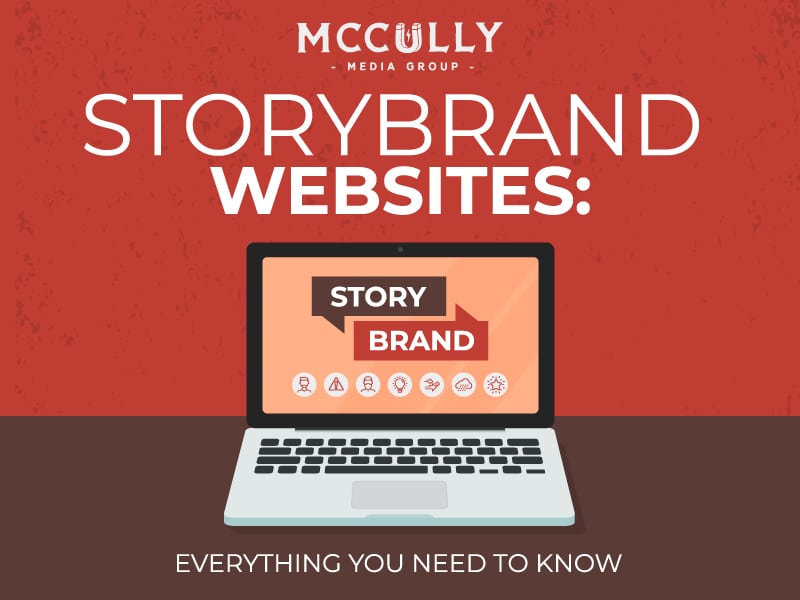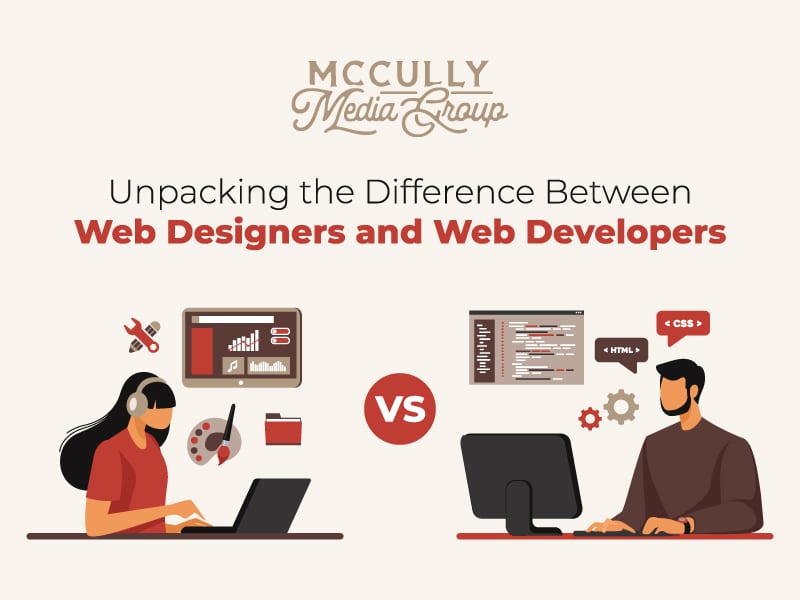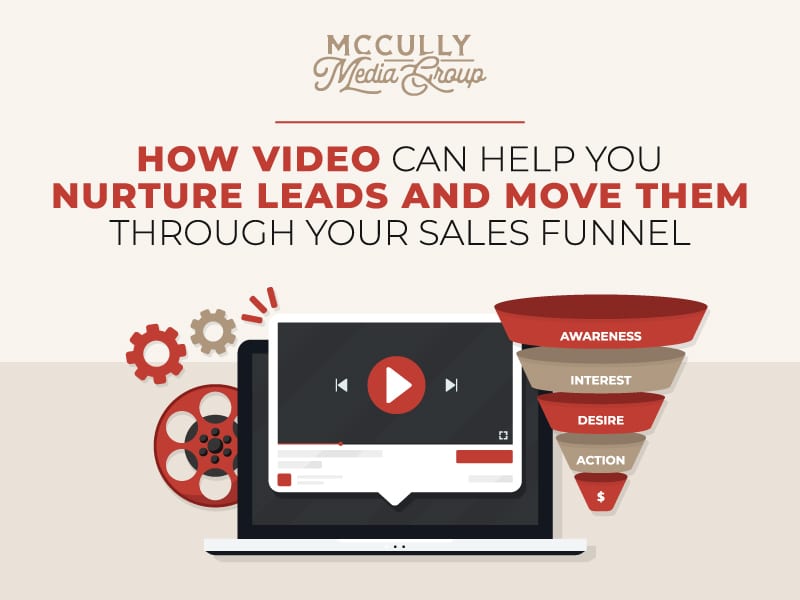If you’re like most businesses, you’ve probably struggled at some point to articulate what you do and why it matters. You know your product or service is excellent, but you can’t seem to get the message right. That’s where StoryBrand websites come in.
What Is the StoryBrand Framework?

Developed by Donald Miller, the StoryBrand framework is a marketing technique that helps brands clarify their message and connect with their customers. The framework suggests people are more likely to remember and respond to a story than to a list of facts or features. Using this framework to generate the StoryBrand example, brands can tap into the power of story to create messaging that resonates with their customers and drives results.
There are seven parts to the StoryBrand framework: character, problem, guide, plan, call to action, help avoid failure, and success. Let’s take a closer look at each one.
Character
First, remember that you are not the hero in your brand story. The customer is.
The customer is the one taking the journey, overcoming obstacles, and eventually reaching their goal. You should concentrate your marketing efforts on helping your customers achieve their goals rather than promoting your products or services.
Focusing on the customer makes the story much more engaging and relatable. It also allows businesses to connect with their customers and understand their needs.
Problem
The problem is what stands in the way of the hero’s success. By attending to your customer’s problem, you can develop a message that resonates with them and helps them see your product’s value.
This problem-focused perspective creates a sense of urgency that prompts the customer to take action. Ultimately, the goal is two-fold: to help the customer see that your product is the solution to their problem and to show that they can resolve their conflict and achieve the desired outcome by taking action now.
Guide
Your brand is the guide that helps the hero (your customer) overcome their obstacles. While the guide is not the story’s star, the hero would be lost without it. As the guide, your brand should focus on helping your customers to resolve their conflicts and achieve their goals.
Plan
This is the part of the story where the hero learns how to get the thing they want. The plan provides instructions to the customer on how to buy or use the product or service. It also helps alleviate any fears the customer may have about spending money on the product or service.
Call to Action
A call to action (CTA) outlines what you want your customers to do after reading or hearing your story. Without a CTA, your story is simply entertainment; with a CTA, it can be the beginning of a beautiful relationship.
The CTA is the point at which you prompt the customer to take a specific action, such as making a purchase or signing up for a newsletter. It should be clear and concise, helping customers understand what they need to do.
Help Avoid Failure
When you don’t point out the customer’s pain points or the potential tragic ending to their story, they may think they can continue as is and still be successful.
In the context of business, it means pointing out the potential consequences of a customer’s current course of action. For example, if they don’t switch to your product or service, they may miss out on vital opportunities or end up outweighed by the competition.
Success
No matter what product or service you sell, it is important to show customers how your offering can positively affect their lives. You can do this by helping them envision a life with their problems solved.
If you sell a pain reliever, show them what their life can be like without a headache. Or, if you sell an investment service, show them what their life can be like with more money.
Focusing on the result will help people see how your product or service can improve their lives. And when people see the potential for a better life, they are more likely to do business with you.
Meet Our StoryBrand Designers
The human brain is wired for survival. Its job is to burn the fewest calories, so messaging that causes confusion or takes too long to figure out won’t work. Your website needs a clear value proposition that visitors can understand quickly.
StoryBrand Certified Guide Michael McCully leads our team of StoryBrand designers to create brand messaging and website designs that convert. Schedule a call to see our StoryBrand website examples.
What Is a StoryBrand Website?
You can use the StoryBrand framework to create various marketing materials, with website design as one of the most effective applications. A StoryBrand website uses the framework to develop a clear and compelling brand story that speaks to the customer’s needs and demonstrates the product’s or service’s value.
The site first captures the user’s attention with a strong headline and hero image that addresses the customer’s problem.
Then, it provides clear and concise copy that walks the user through the solution.
Finally, it includes a CTA that encourages the user to take action.
How Do I Write a StoryBrand Website?
A StoryBrand website should communicate essential information about a product or service, keeping the message streamlined and easy to understand. The three critical elements that a website should convey are as follows:
- What you do
- How your product will make their life better
- What they need to do to get your product
By clearly conveying this information, your StoryBrand example website can help ensure that potential customers understand the value of your offer and can take the necessary steps to obtain it.
What Are the Benefits of a StoryBrand Website?
StoryBrand is a framework designed to help businesses communicate more effectively with their customers. By focusing on the customer’s journey and the key messages at each stage, StoryBrand can help companies reach their goals faster.
A StoryBrand Website Is Clear and Concise
One of the most significant benefits of StoryBrand websites is that they force you to be clear and concise about what your brand does and why it matters. Creating a StoryBrand website draws out your brand’s unique traits and how you can articulate them in a way that resonates with your target audience. As a result, you create a website that is clear, concise, and to the point — exactly what your target audience wants.
A StoryBrand Website Is Customer-Focused
Using the StoryBrand example for your website forces you to focus on your customer rather than yourself. Too often, businesses make the mistake of talking about themselves too much on their websites. They list all of their awards and accomplishments, use jargon-heavy language, and focus on themselves more than their customers.
With StoryBrand, the customer takes center stage. The goal is to craft a message that resonates with the customer and speaks to their needs and desires. When you focus on the customer, you build trust and credibility with your target audience — two things that are essential for any successful business.
A StoryBrand Website Converts More Visitors Into Customers
Because StoryBrand websites are clear, concise, and audience-focused, they are much more effective than traditional websites at converting website visitors into customers. People who visit your website should immediately understand what you do and why they need it. Otherwise, they’ll likely click away and find another website that better meets their needs.
Hire StoryBrand Designers To Create Your StoryBrand Website
So many businesses struggle to create marketing messaging that resonates with their audience. When your marketing isn’t clear, potential customers won’t click on your emails, buy your product, or even understand what you do. As a result, you may struggle to stand out in a crowded market.
StoryBrand designers at McCully Media Group can help you overcome these challenges and produce content that engages customers and drives sales. We use the StoryBrand method to develop compelling websites that connect with customers at every stage of the buyer journey.
Schedule a call to see our StoryBrand website examples.
Learn More:
7 Steps to Creating the Perfect StoryBrand Narrative




